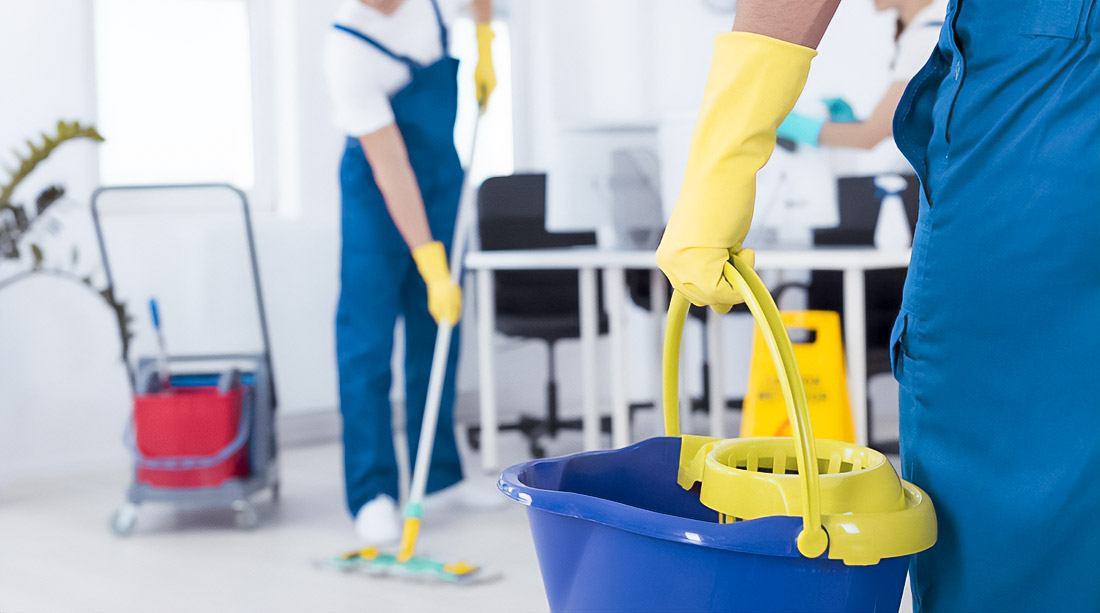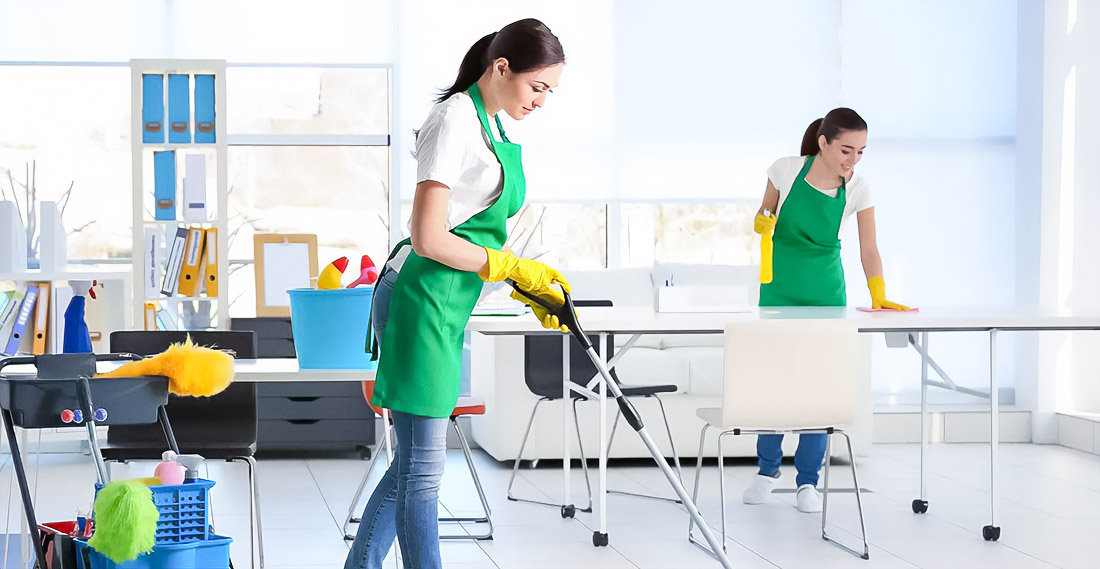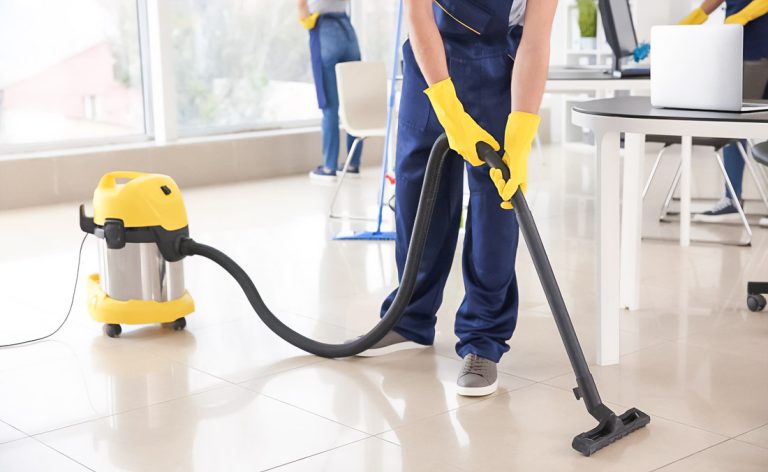In open offices, noise is a constant companion. People talk, ring the bell, close the doors, and the sound bounces off the walls and ceilings, turning into an echo.Acoustic panels have been used for a long time to cope with this problem. They help reduce noise and block reflections, creating a sense of calm. But almost no one thinks about the other side of the issue: the panels become real dust traps.
In a room of 120 or 250 square meters, where 41 or 45 employees work daily, the situation is particularly noticeable. Ceilings 3 meters high, partitions made of lightweight materials, panels on walls and doors all help to extinguish the echo, but at the same time collect millions of dust particles. Studies show that up to 19,488 particles can settle on one square meter of the panel, and this is far from the limit.
Employees spend up to 7,200 minutes a month in the office, and each breath brings not only air into the lungs, but also microscopic particles. In some cases, up to 952 microparticles per cubic centimeter of air were detected. This is ten times more than in residential areas. In 1958 and 1960, the first acoustic standards did not mention dust at all. In 2011, an increase in allergic reactions among office workers was revealed. By 2021, new data involving 60,268 people confirmed an alarming trend.
Acoustics and Panel Efficiency

In large rooms with 79–85 panels, noise can be reduced to 35–40 decibels. But if a layer of dust with a thickness of at least 0.5–1 millimeter accumulates, the efficiency drops by 16–17 percent. In a room where walls and ceilings are supposed to help work, the opposite effect is created: the panels stop performing their function, and the situation only worsens.
The echo returns again, and employees start talking louder to drown out the noise, which further increases the strain on the hearing and nervous system. Even in well-maintained spaces, the combination of sound and particles shows how essential hygiene is something usually ensured only by a professional office cleaning company that pays attention to both visible and hidden surfaces. Thus, an element designed to improve the office environment turns into a source of discomfort.
Dust as an Invisible Threat

There is a way out, but it requires a systematic approach. Panels, walls, and ceiling structures must not only be installed, but also cleaned regularly. In 2012, there were recommendations to clean materials every 6–12 months. In practice, such measures are more often forgotten, and the dust remains.
The office space should be a place of productive work, not a risk zone. When sound, walls, and ceilings become allies, employees feel better. But if the panels are covered with dust, the office becomes a source of new problems. The balance between silence and cleanliness is the task that needs to be solved.
